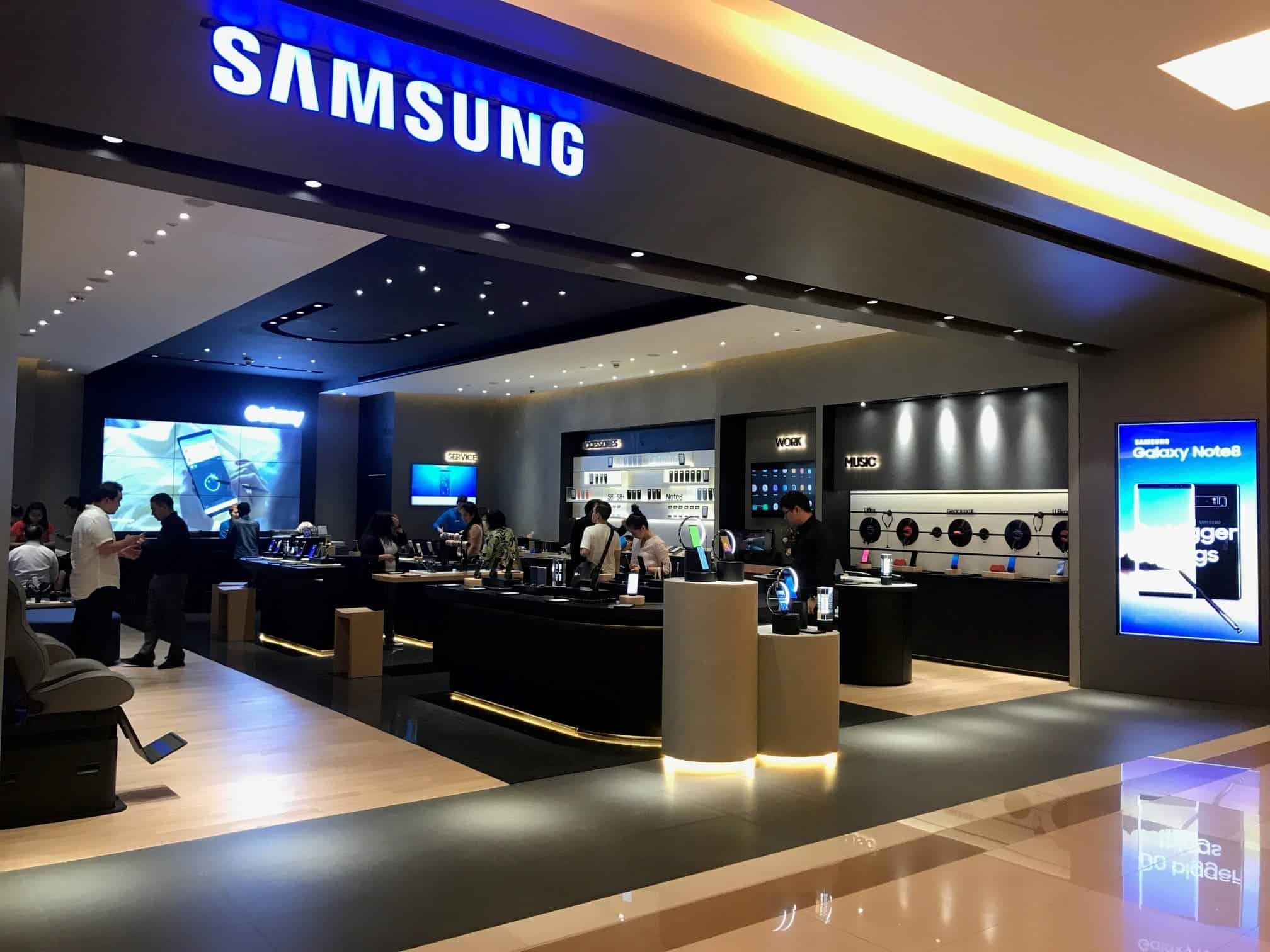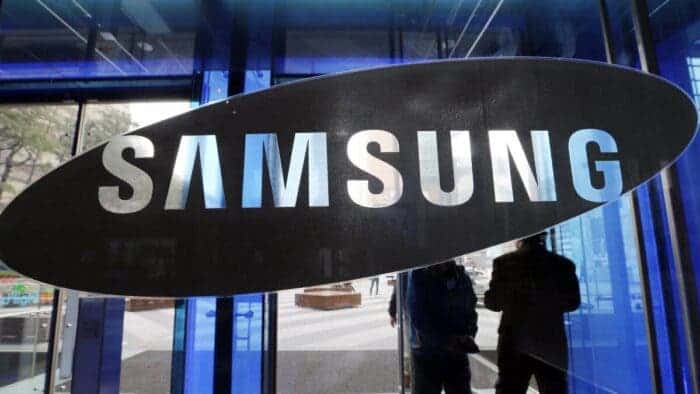Samsung Electronics reported positive financial results for the first quarter (Q1) of 2024, ending March 31st. The company achieved significant growth in both revenue and operating profit, demonstrating resilience amidst a seasonally weak mobile market.
Samsung Q1 2024 Earnings Report: Memory Drives Recovery, Mobile Maintains Profitability
Strong Overall Performance
Consolidated revenue reached 71.92 trillion Korean won (KRW), translating to approximately USD 52.07 billion, representing a 13% year-over-year (YoY) increase and a 6% increase compared to the previous quarter (QoQ). This positive performance was driven primarily by the Memory Business segment.
Operating profit surged by a substantial 932.81% YoY to KRW 6.61 trillion (USD 4.78 billion). This dramatic turnaround can be attributed to the Memory Business successfully addressing demand for high value-added products like HBM (High Bandwidth Memory), DDR5 (Double Data Rate 5), server SSDs (Solid-State Drives), and UFS 4.0 (Universal Flash Storage) across various sectors including servers, storage solutions, PCs, and mobile devices. Additionally, the Memory Business benefited from an increase in Average Selling Prices (ASP).
Mobile eXperience (MX) Business: Growth and Profitability Despite Challenges
The MX and Networks businesses, collectively referred to as the MX division, posted KRW 33.53 trillion in consolidated revenue, reflecting a 5% YoY growth. However, operating profit came in at KRW 3.51 trillion, which represents a 10.91% YoY decline but a 28.57% QoQ increase.
This mixed performance can be explained by seasonal trends within the smartphone market. Q1 typically experiences lower demand, leading to a sequential decrease in both volume and value across premium and mass segments. Despite this seasonal headwind, the MX Business achieved revenue and operating profit growth thanks to the strong sales performance of the Galaxy S24 series. Continued efforts in resource optimization also contributed to maintaining solid double-digit profitability. Overall, the MX Business successfully navigated rising component costs while delivering revenue growth and maintaining healthy profitability.
Looking Ahead: Focus on Flagship Strategy and R&D Investment
For the second quarter (Q2) of 2024, Samsung anticipates a further decline in overall smartphone demand due to continued seasonality. Consequently, the MX Business expects a decrease in smartphone shipments while tablet shipments are predicted to remain consistent with Q1 levels.
To counter these seasonal challenges, the MX Business will maintain its focus on flagship smartphone sales. Samsung plans to leverage the success of the Galaxy S24’s AI experience by integrating similar features into other flagship models, thereby enhancing product competitiveness.
Furthermore, the MX division acknowledges the ongoing geopolitical instability and potential increases in key component costs. To maintain profitability within this complex environment, the MX Business will emphasize operational streamlining efforts. Despite these headwinds, Samsung remains committed to investing in research and development (R&D), particularly in the field of Artificial Intelligence (AI), highlighting the company‘s long-term focus on innovation.
Second Half Outlook: Market Rebound and AI Expansion
The second half of 2024 presents a more optimistic outlook for the smartphone market. Samsung anticipates a rebound driven by stabilizing consumer sentiment, the expansion of AI products and services, and economic growth in emerging markets. This positive forecast positions Samsung to capitalize on its recent advancements and continued investments in R&D, solidifying its position as a leader in the mobile technology landscape.

Gizchina News of the week
Deep Dive: Key Takeaways and Potential Implications
Building upon the overall analysis of Samsung’s Q1 2024 earnings report, let’s delve deeper into some key takeaways and explore potential implications for the future:
1. Memory Business: A Driving Force
The significant turnaround in the Memory Business segment is a major positive for Samsung. The successful strategy of focusing on high value-added products like HBM and DDR5 caters to the growing demand for faster processing power and data storage across various sectors. This strategic shift not only addresses current market needs but also positions Samsung for future growth as technologies like AI and 5G continue to evolve.
However, the Memory Business is cyclical, meaning its performance can fluctuate based on market demands. Close monitoring of industry trends and continued innovation in memory technology will be crucial for Samsung to sustain this momentum.
2. Mobile eXperience (MX) Business: Adaptability in a Challenging Market
The MX division’s ability to maintain profitability despite a seasonally weak smartphone market highlights its adaptability. The success of the Galaxy S24 series emphasizes the importance of strong flagship product offerings to drive revenue.
However, the anticipated decline in smartphone shipments in Q2 presents a potential challenge. Samsung’s focus on replicating the AI experience of the Galaxy S24 across other flagship models is a strategic move to differentiate its products and maintain market share.
3. The Rise of AI and Emerging Markets
Samsung’s commitment to continued investment in R&D, particularly in AI, signifies its recognition of this technology’s transformative potential. As AI applications become increasingly integrated into smartphones and other devices, Samsung’s investments could translate into a competitive advantage in the long run.
Furthermore, Samsung’s optimism regarding a market rebound in the second half, driven by economic growth in emerging markets, presents a promising opportunity. By tailoring its product offerings and marketing strategies to these regions, Samsung can capitalize on this growth potential.
4. Geopolitical Risks and Component Costs
The ongoing geopolitical instability and potential increases in key component costs pose significant challenges for Samsung. The MX division’s emphasis on operational streamlining is a necessary step to mitigate the impact of these external factors. However, a delicate balance needs to be struck between cost reduction and maintaining product quality and innovation.
5. Long-Term Strategy: Balancing Innovation and Profitability
Samsung’s Q1 2024 earnings report underscores the importance of striking a balance between short-term profitability and long-term innovation. While maintaining operational efficiency is crucial in the current environment, continued investment in R&D is essential for Samsung to maintain its technological leadership position.
Samsung’s focus on AI and its efforts to expand into emerging markets demonstrate its commitment to future-proofing its business model. By navigating these challenges and capitalizing on growth opportunities, Samsung is well-positioned for continued success in the dynamic world of mobile technology.
Conclusion
Samsung’s Q1 2024 earnings report offers valuable insights into the company’s adaptability and strategic direction. While the Memory Business provides a strong foundation for current growth, the long-term success hinges on Samsung’s ability to capitalize on AI and emerging markets while navigating geopolitical risks and managing component costs. Samsung’s commitment to R&D and its focus on flagship products suggest it is well on its way to achieving these goals.





